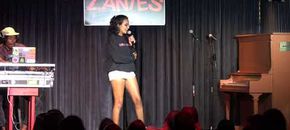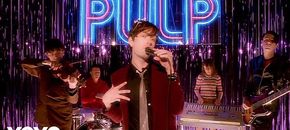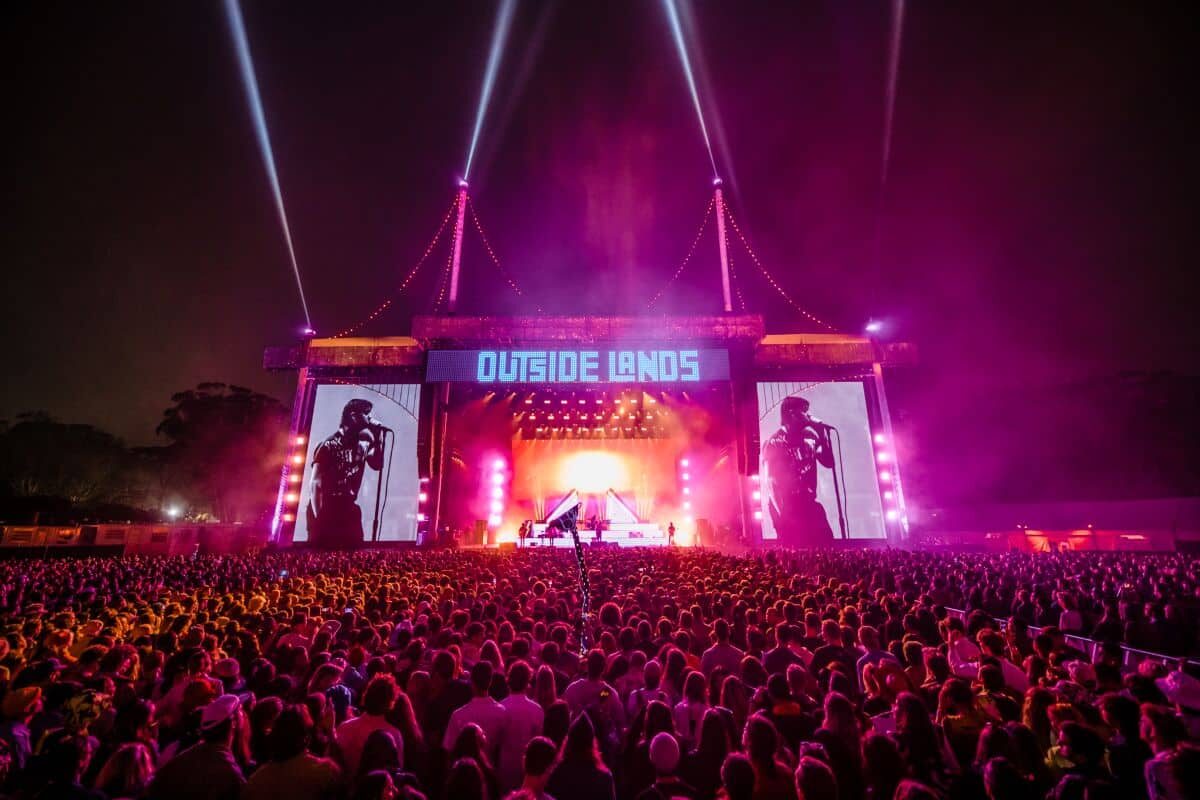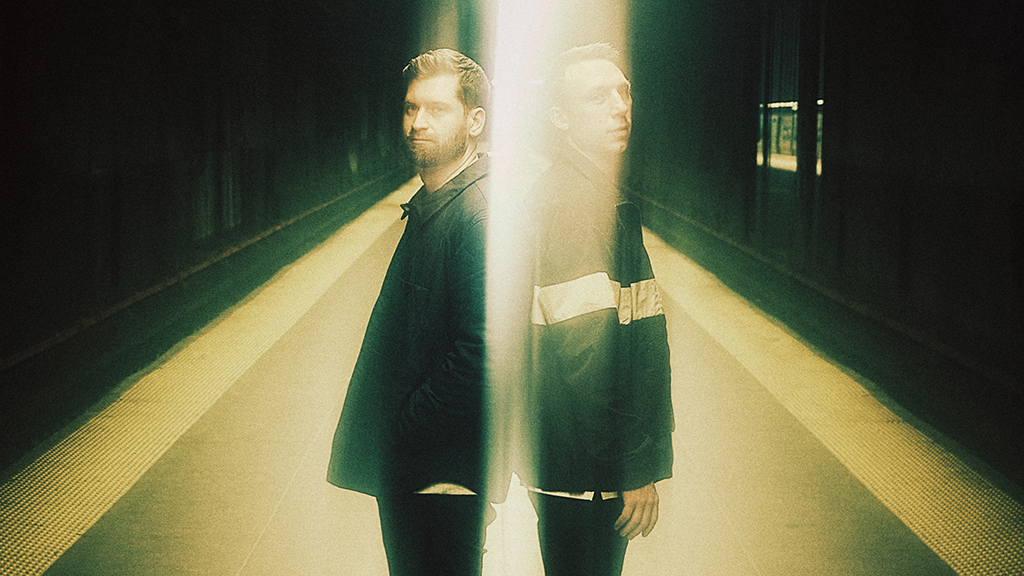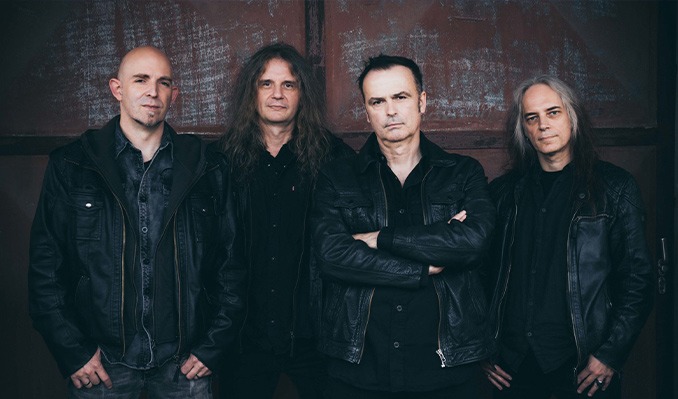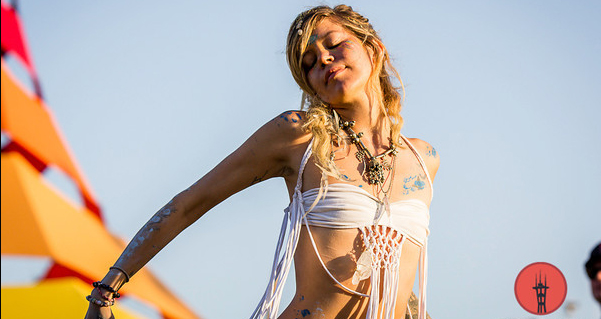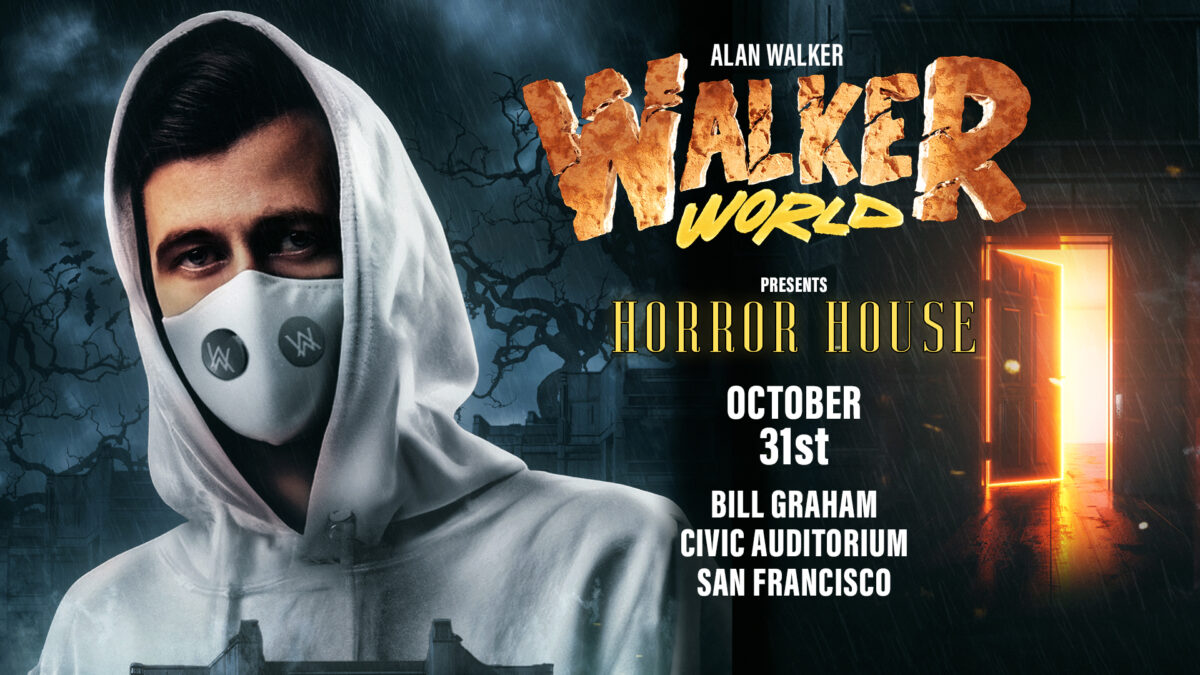Movie Review: ‘Boyhood’ Forgoes Growing Pains
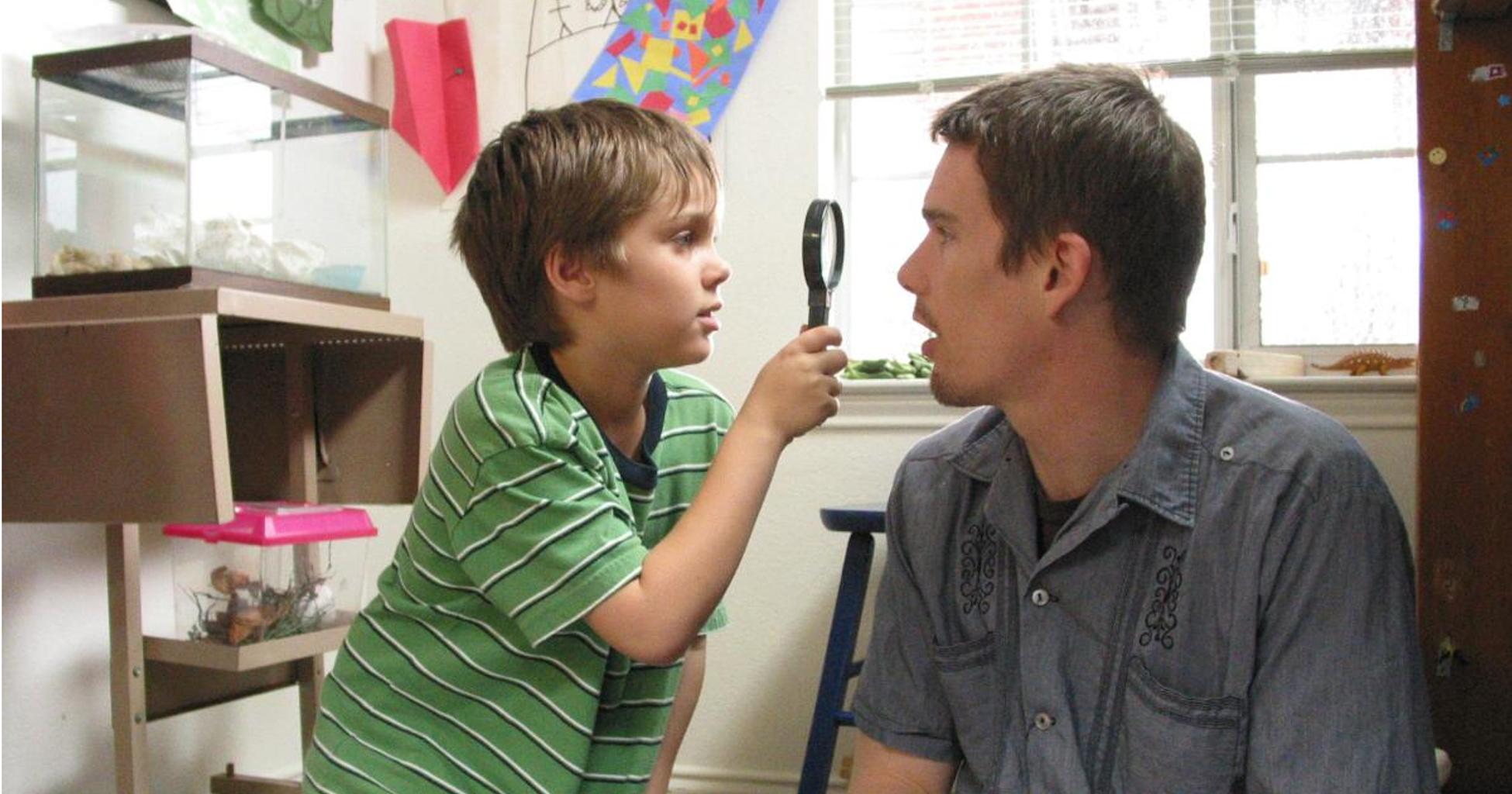
It’s rare for a film these days to be truly unique in a way that it’s unlike anything in the history of cinema. But Richard Linklater’s Boyhood is just that. Beginning in 2002, him and his cast — including seven year-old Ellar Coltrane — filmed for a few weeks every year until 2014. Linklater capture’s the adolescent process unlike anything that has come before. More of an atmospheric film about the pains of growing up, instead of a traditional narrative, it has an immediate place in the story of cinema, not only because of its originality, but also because of Linklater’s deft touch.
Encompassing 12 years, it’s scope is quite literal. Centered on Texas child Mason Jr. (Ellar Coltrane), the tale also touches on those in his immediate orbit, including his sister Samantha (Lorelei Linklater), mother Olivia (Patricia Arquette), and father Mason (Ethan Hawke). What Linklater manages to create something organic — the main actors had a say in the script, although it’s officially credited to Linklater — that keeps its distance from its characters, but simultaneously stares into their souls.
Growing up with separated separated, and am almost absent father, Mason Jr. comes from a deeply broken, if still loving, family. Because his somewhat musician father is away in Alaska, Mason Jr. and Samantha are tied to their mother. Much of what happens to Mason Jr. is due to the tether he has attached to his parents. Olivia wants to better their lives and her decision to go back to school means his world is upended for the first time. Through a series of failed marriages — most involving alcohol, one abuse — Mason Jr. is slowly shaped by his surroundings and experiences.
Linklater’s camera seems to be just watching Mason Jr., like a fly on the wall, but each vignette — with is really the structure of the film — is another piece to the neverending piece of this boy. Linklater has a light tough, but one that resonates. If there’s anything that is comparable in the history of film, it’s probably François Truffaut’s Antoine Doinel film series. Beginning in 1959 with The 400 Blows — still Truffaut’s most well known film, which helped kick off the French New Wave — the director told the story of Antoine Doinel (Jean-Pierre Léaud) on his journey into adulthood. Audiences really did see Léaud and Doinel grow up, but it was through a series of self contained films, each years apart, but in Boyhood the story is self-contained.
One of the film’s greatest strengths lies within its editing. Time moves without notice, and the cuts are quick and without forewarning. However, it’s never confusing and is always done in some thematic way, linking the next story perfectly. As he watches Olivia look for stability in her life, he sees his once struggling musician father, Mason, — in essence, he was somewhat aimless — actually achieve that. The film is somehow able to capture the totality of life, as Mason Jr. is shown the brutal realities and beauties of life through his stumbling parents. Like him, they’re only trying their best.
With Boyhood, Richard Linklater has created something that actually lives up to its inherent achievements. Unlike the somewhat overhyped accomplishment of CGI, Linklater has actually found a new way to tell a familiar story. But he’s also told an engaging and astounding story that has real depth. Quite simply, he tells the story of growing up. But he’s able to capture something raw and meaningful that’s entertaining without becoming diluted.
Rating: 5 out of 5

